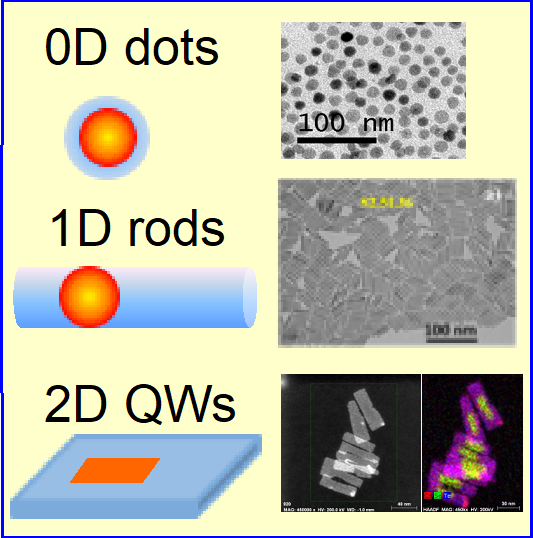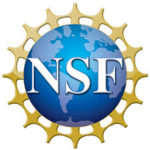| Solution-processed colloidal quantum confined inorganic semiconductor nanocrystals combine the advantage of cost-effective and versatile productions of colloidal materials with superior optical, electronic and transport properties of inorganic semiconductor crystals. Their small sizes give rise to novel properties unachievable in bulk materials and allow additional tuning of material properties through the quantum confinement effect. The properties of these material can be tuned by the degree of quantum confinement in 0-dimensional (0D) quantum dots (QDs), 1 D nanorods (NRs) and 2D nanoplatelets (NPLs), by material composition, and by forming heterostructures of two or more material components. These emerging materials have found many potential applications, such as solar cells, lasers, LEDs and photocatalysis. In these applications, the material performance depends on the fundamental properties of excitons, including single and multiple exciton radiative and nonradiative decay, exciton and carrier transport, and interfacial energy and charge transfer. The long-term goal of this research project is to advance the fundamental understanding of exciton and carrier properties and their dependences on the size, dimensionality, morphology and chemical composition in novel nanomaterials and heterostructures.Current research in this area is funded by NSF . |
|
The current foci of this project are two folds:
|
Figure A). Energy level diagram and key processes in molecule-based TTA UC systems. B). Scheme of TTA UC using QD sensitizers. |
1) To test the theoretical models of triplet energy transfer from QDs to molecular acceptors by examining the dependence of TET rates on the electronic coupling strength and driving force using CsPbX3 (X= Cl, Br, I) and CdY (Y=S, Se, Te) core/shell QDs. 2) To study the property of polarons (formation mechanism, size and energy) in low dimensional nanaocrystals crystals, examining their dependences on the size, dimensionality of nanocrystals, cations and solvent/ligand environment |



